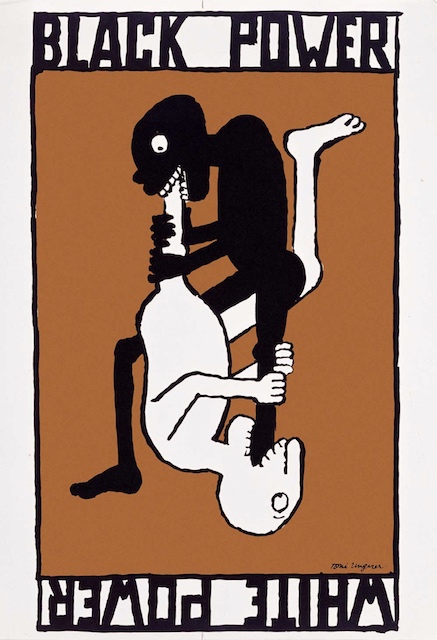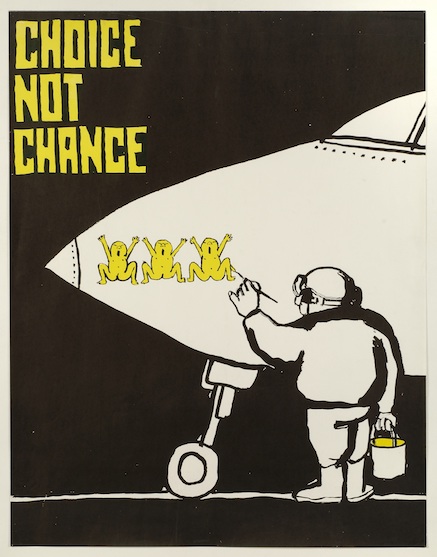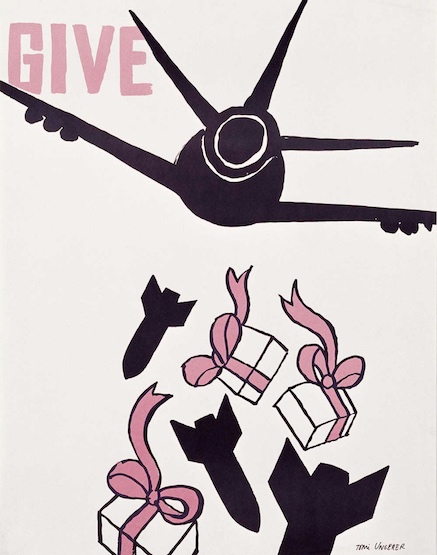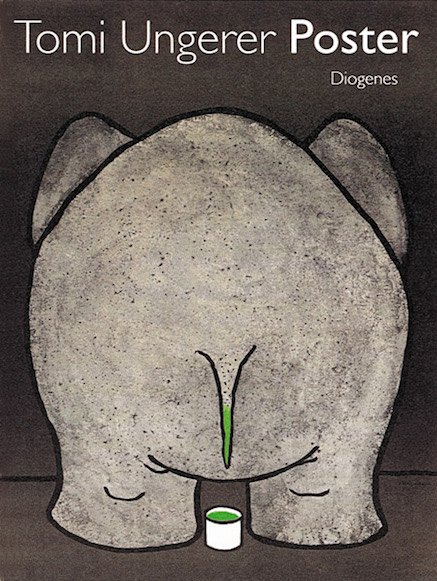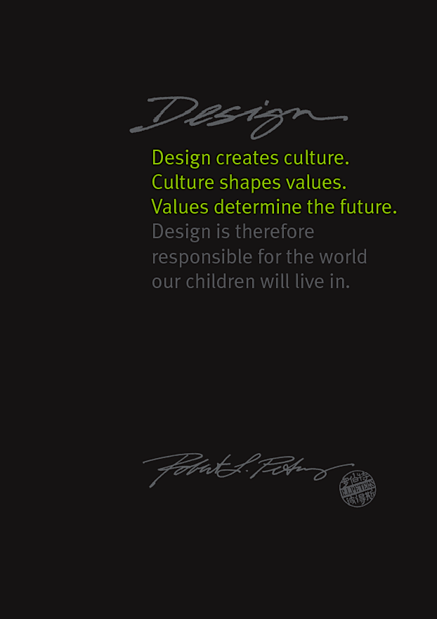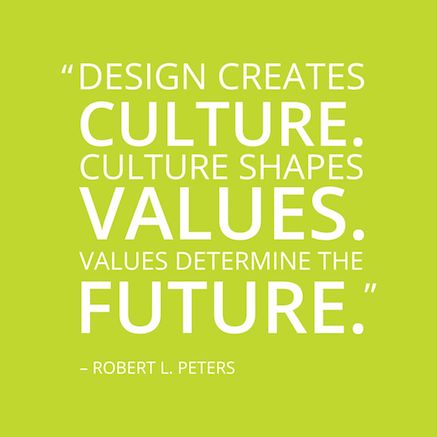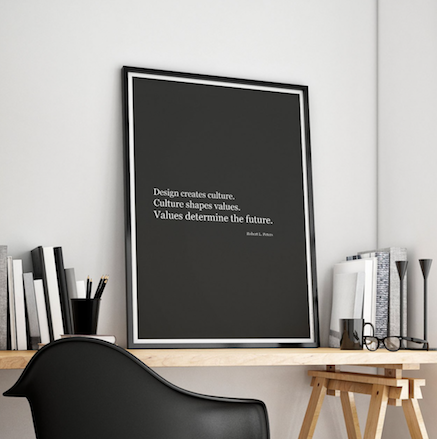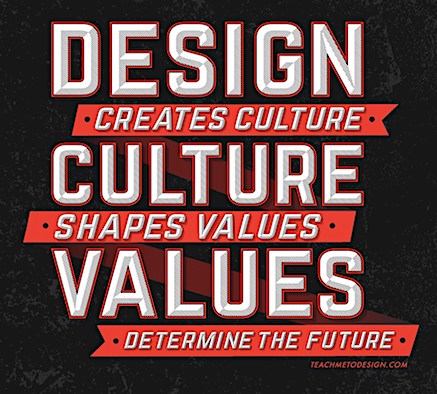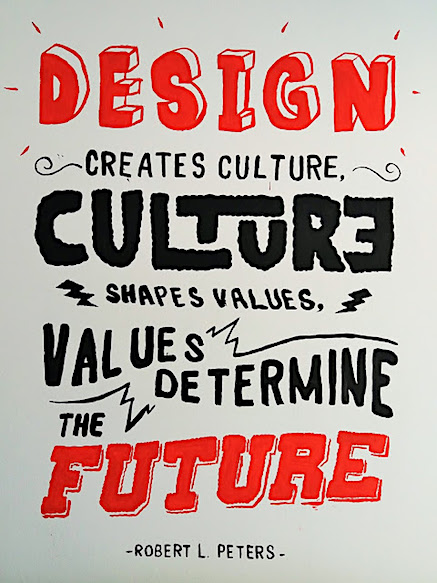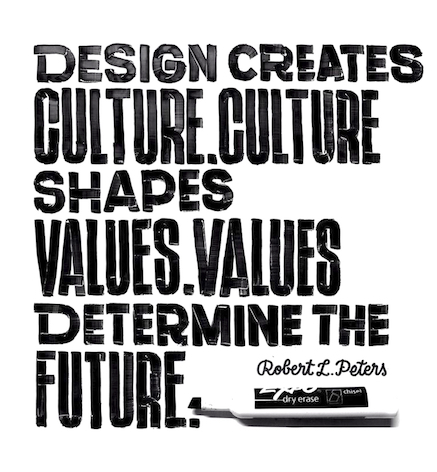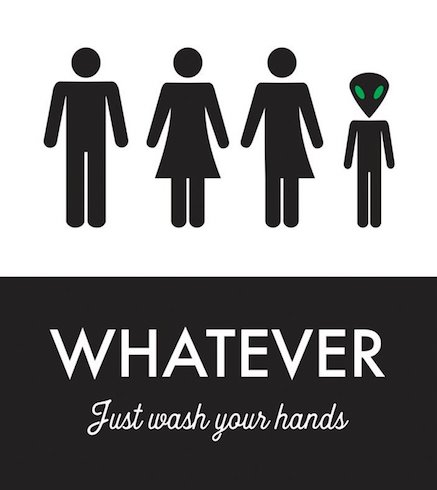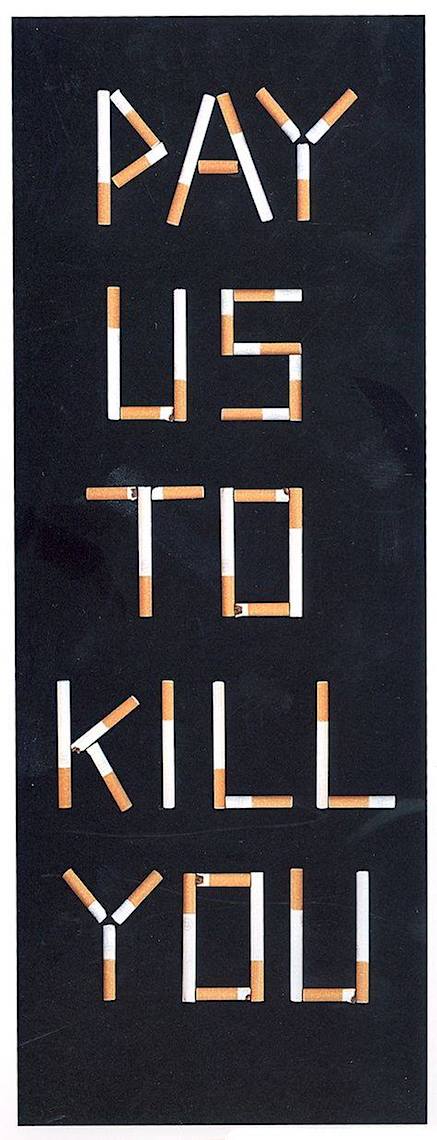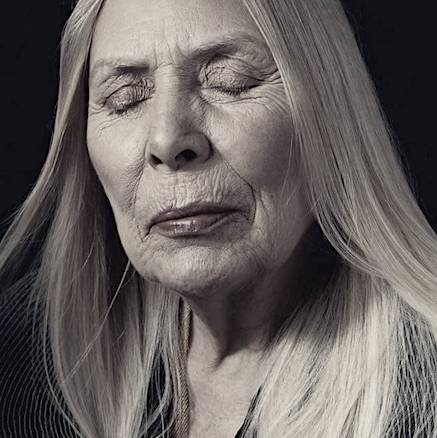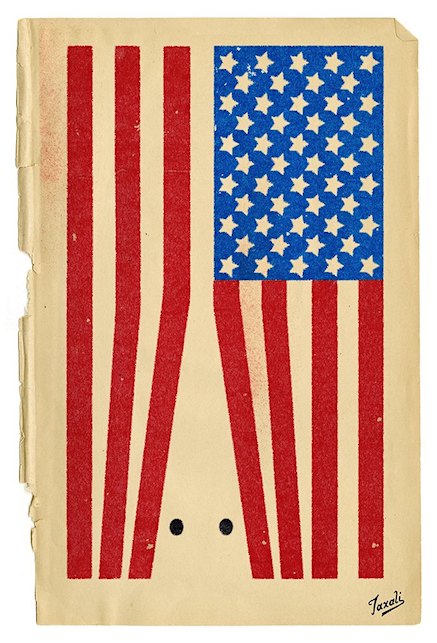On 21 October 2019, I’m slated to give a talk at the #FITCSpotlight ‘Design Ethics‘ event (making this my 9th appearance at an FITC event in the past 14 years). Here’s an abstract of my presentation…
See What I Mean?
We live in uncertain times on a rapidly warming, fragile, and over-stressed planet. Tumultuous political, social, ecological, and economic instability — along with information overload, an overwhelming pace of change, threatened eco-systems, and staggering social imbalances — threaten our individual sense of purpose, place, and wellbeing. For the majority of our planet’s 7.7 billion human beings, the world remains a place of inequality, injustice, and suffering; even while the privileged of our “developed world” frolic in a buffet of excess, with gluttonous over-consumption as the daily modus operandi.
It’s been said that designers and artists can see and observe differently, more acutely than others — looking deep inside issues, perceiving hidden relationships and causal patterns, possessing an innate consciousness and natural tendency to question and identify needs in “the big picture.” As today’s world has been largely shaped by designers and intentional “form-givers” of the past few generations, are our creative professions even aware of the considerable responsibility that accompanies what we do, and of the complex forces our work exerts on aesthetic, technological, social, environmental, economic, and political fronts?






